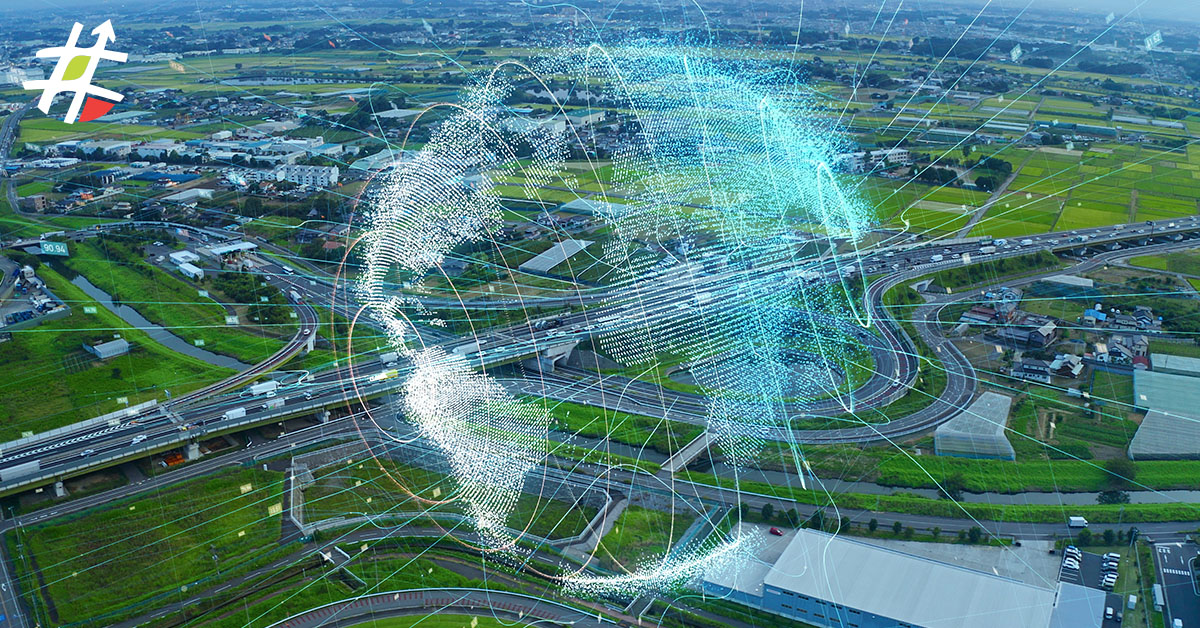The future is bright for those organisations who adopt green supply chain management. By 2025, the global consuming class is expected to have swelled by 75 per cent since 2010. In addition, incomes are growing and people are spending a larger portion of their budget on consumer goods.
If companies want a slice of this expanding customer base pie, they can no longer take the approval of buyers, investors and regulators for granted. Consumers are demanding and governments are regulating dramatically improved standards in sustainability performance.
Organisations worldwide are acutely aware of this, but implementing green supply chain management is no simple task. Here are three common challenges faced by businesses trying to up their sustainability game – and their solutions.
The Invisible Supply Chain
Problem
The biggest impediment to environmentally-conscious supply chains is poor vendor visibility. Given the modern supply chain, this is understandable. A single multinational corporation may have as many as 1,000 first-tier suppliers, 8,000 second-tier suppliers and upwards of 20,000 third-tier suppliers.
Granted, most companies don’t deal with such expansive supply chains, but it is an example of the complexity faced by organisations trying to monitor compliance within their vendors’ operations. This is a big concern, as many lower-tier suppliers operate in countries where governments don’t enforce green initiatives. One supplier with a dubious record is all it takes for a company to lose customers, be forced into searching for new vendors and face supply chain disruption.
Solution
Getting adequate visibility of complex and sprawling supply chains was once an impossible task, but modern AI and machine learning has changed the game.
Data analytics, like that offered by Purchasing Index, is now capable of examining your procurement operations down to the granular level. It can cleanse and categorise and present an organisation’s immense wealth of data in an easily consumable manner.
This software is the key to supply chain visibility. It allows an organisation to accurately assess the environmental measures a vendor is putting in place (if any) and the likelihood of their ability to meet them. Based upon the results, the organisation can either stick with the vendor, help them meet their targets, or look for alternatives.
Lower-tier Suppliers Unable to Comply with Increasing Demands
Problem
Let’s spare a though for the suppliers. Not only are many clients expecting them to adopt green procurement practices, but they’re also demanding a cost-effective product or service. In other words, do it greener, but not dearer.
If clients are frequently placing orders that impose unrealistic deadlines on suppliers, those suppliers will cut corners to meet the contract rather than speak up about the onerous demands. Struggling to maintain these contracts, suppliers hardly have enough time or resources left over to commit to green initiatives, and are often without the expertise to oversee such regulations.
Solution
Communication. It’s the key to all successful, wholesome long-term relationships. Many larger companies are appointing a particular employee whose responsibility is to extend their green initiatives to first and second tier suppliers. Not only does this make it far easier to track vendors’ compliance, but it also makes it possible to assist those vendors still transitioning to a greener supply network.
This has a flow-on effect. Your first tier suppliers usually have far better visibility of your second tier suppliers, and so on. If they are adopting green supply chain management, it forces them to keep an eye on their own supply chain – which is, in effect, your supply chain. And those who are adopting green procurement practices have the right and the expertise to scrutinise their own vendors and provide assistance where necessary (or search for new suppliers).
A Lack of Knowledge and Expertise
Problem
Traditionally, supply chain management was about cost and quality. The growing concern with environmental damage has forced a rethink. Green supply chain management has brought new considerations to the table, some of which run counter to traditional concerns.
Balance a cost-effective contract with environmental concerns isn’t straightforward or easy; it’s not something that can be done on gut feel. Unfortunately, organisations are struggling to develop the expertise and knowledge needed to bring their supply chains in line with regulations and customer demands while at the same time avoiding cost blow outs.
Solution
There are established methods of green supply chain management and they can be learned. Academy of Procurement offers in-depth courses on Sustainable Procurement that focuses on environmentally-conscious initiatives with an overall positive economic value.
Participants will learn how to reconcile these new demands with the overall business strategy of their organisation and learn how to identify the categories with the most potential. Crucially, they will also learn how to bring stakeholders and vendors on board and get the support these initiatives need to be sustainable.



